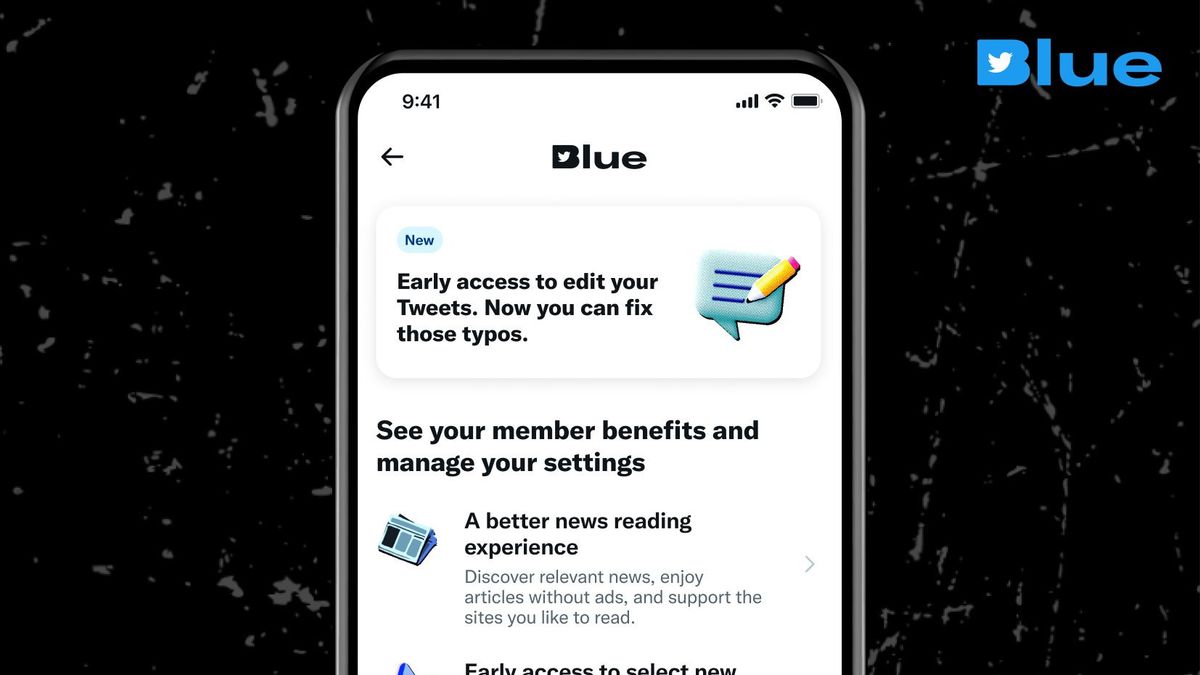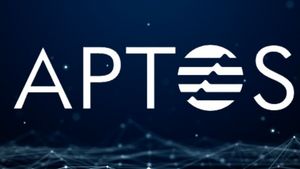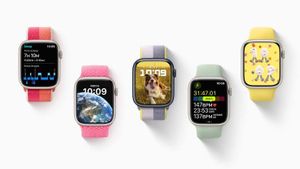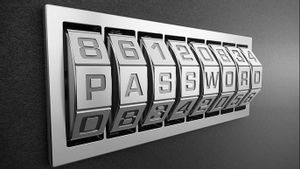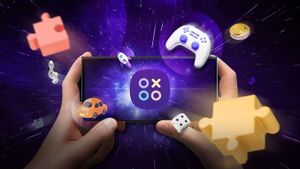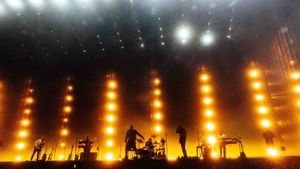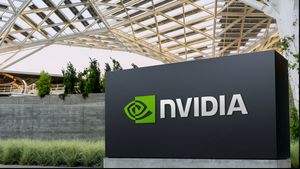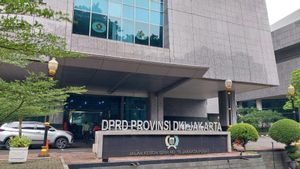JAKARTA - Twitter's efforts to implement paid account verification services have caught the attention of fraudsters who spread misinformation. according to experts, this could cause big brands to withdraw further from the social media platform owned by billionaire Elon Musk.
On April 20, Twitter tried to increase profits by removing the blue ticks it used to be looking for from the account and charging 8 US dollars (IDR 120 thousand) per month to users who want to buy a Twitter Blue subscription to maintain their verification status.
The latest initiative from Musk found a wave of fake accounts sharing harmful information. Several organizations have stopped using Twitter, including the New York City Metropolitan Transportation Authority (MTA) which has 1.3 million followers. Both AT&T Inc and Volkswagen AG told Reuters they had stopped advertising on Twitter and had not restarted in April.
Twitter has experienced a major decline in advertising since the acquisition, but Musk said in an interview with the BBC last month that most advertisers had returned to the platform.
Data from independent research institutes and statements from several advertisers suggest that Twitter's advertising business may not recover so quickly.
"Twitter Blue is chaos and confusion. It's more chaos and confusion for brands who are already wary of fakes. They don't want to stay on the platform where they feel vulnerable," said Jasmine Enberg, lead analyst at Insider Intelligence.
Since Musk bought Twitter last October and started making rapid changes, the brands have considered whether they should continue to advertise on the platform. Enberg said removing blue ticks could stop some companies from tweeting and keeping their profiles.
"There aren't many incentives for brands to keep organic presence when they feel their brand is at risk, and especially on platforms where it won't have a significant impact," he said.
另请阅读:
Rachel Moran-Prestridge, a post-doctoral scholar at Washington University's Center for an Informed Public, said Twitter's blue ticks over the years gave users confidence that the account was valid.
"Without this verification, users should do more hard work to try to find out if the account was the person they said was," he said in an email to Reuters.
In increasingly confusing steps, Twitter on April 22 seemed to provide verification signs to some well-known users.
Within the next 48 hours, all but the 110 most followed Twitter accounts suddenly had verification via Twitter Blue, suggesting that Twitter might provide a blue tick, independent researcher Travis Brown told Reuters.
The English, Chinese, Japanese, Arabic, and French versions are automatically generated by the AI. So there may still be inaccuracies in translating, please always see Indonesian as our main language. (system supported by DigitalSiber.id)
